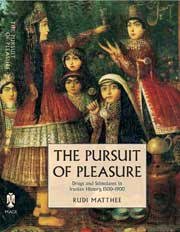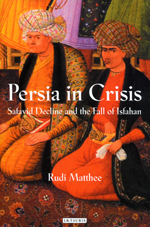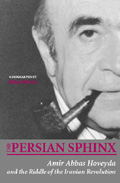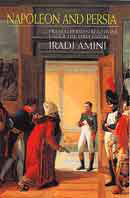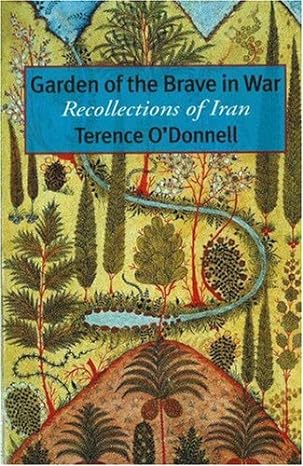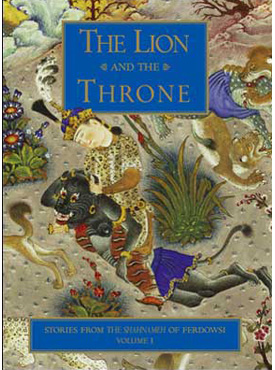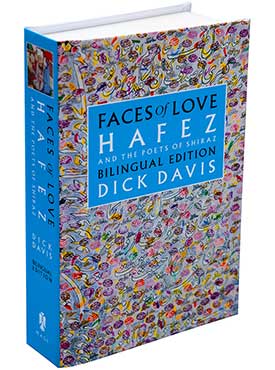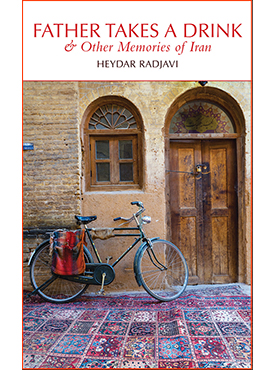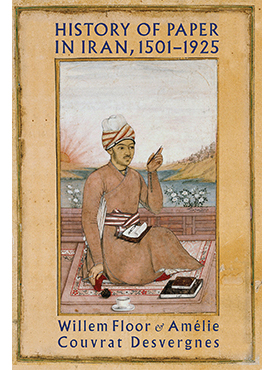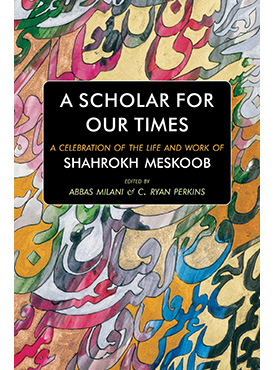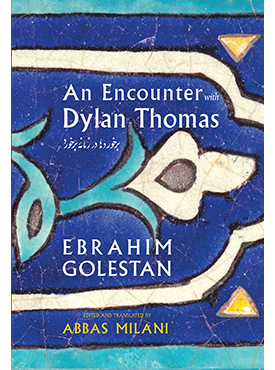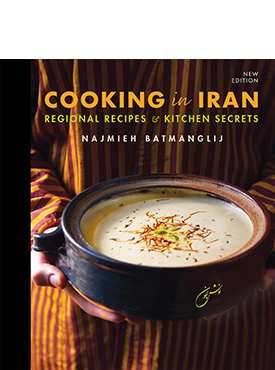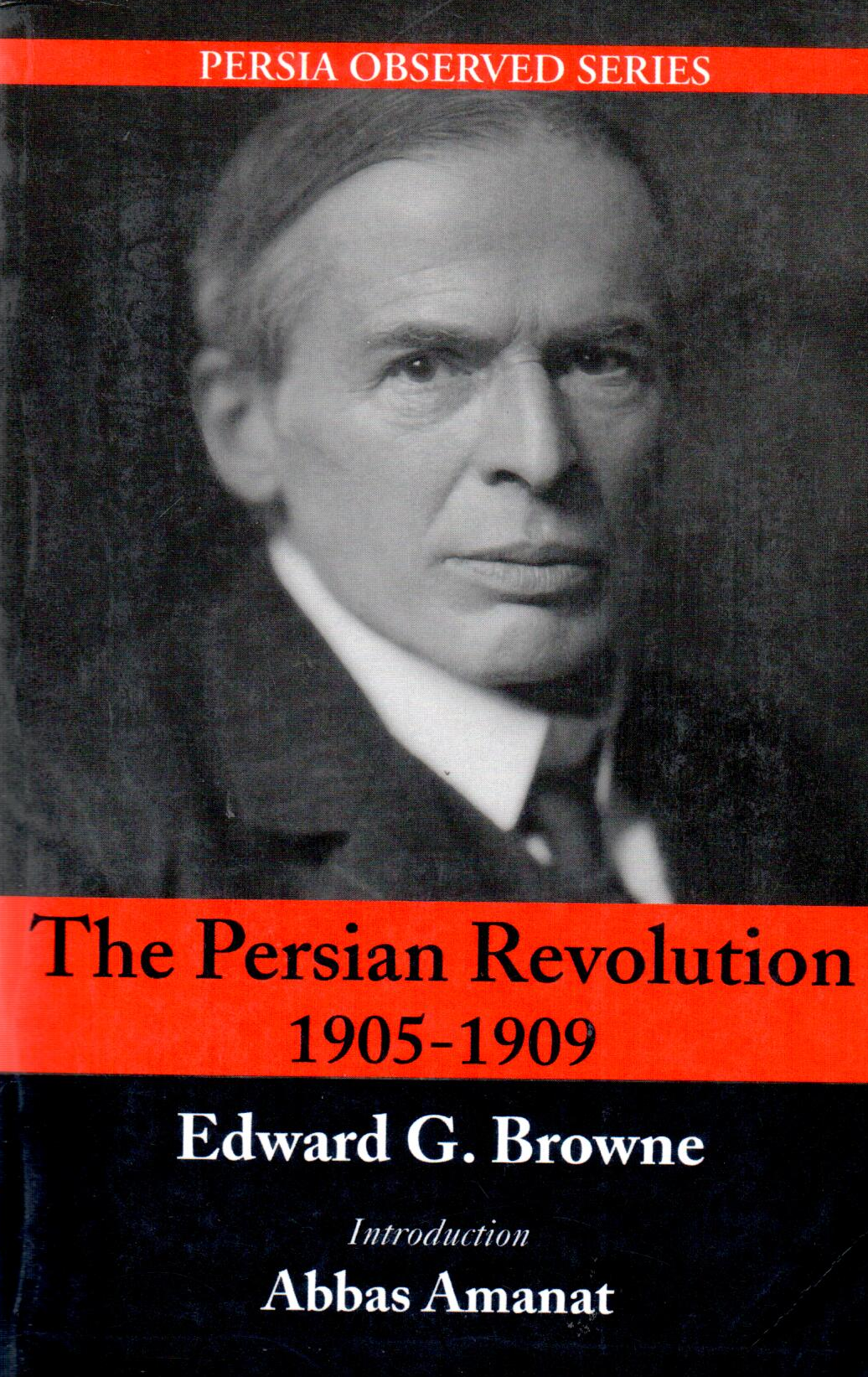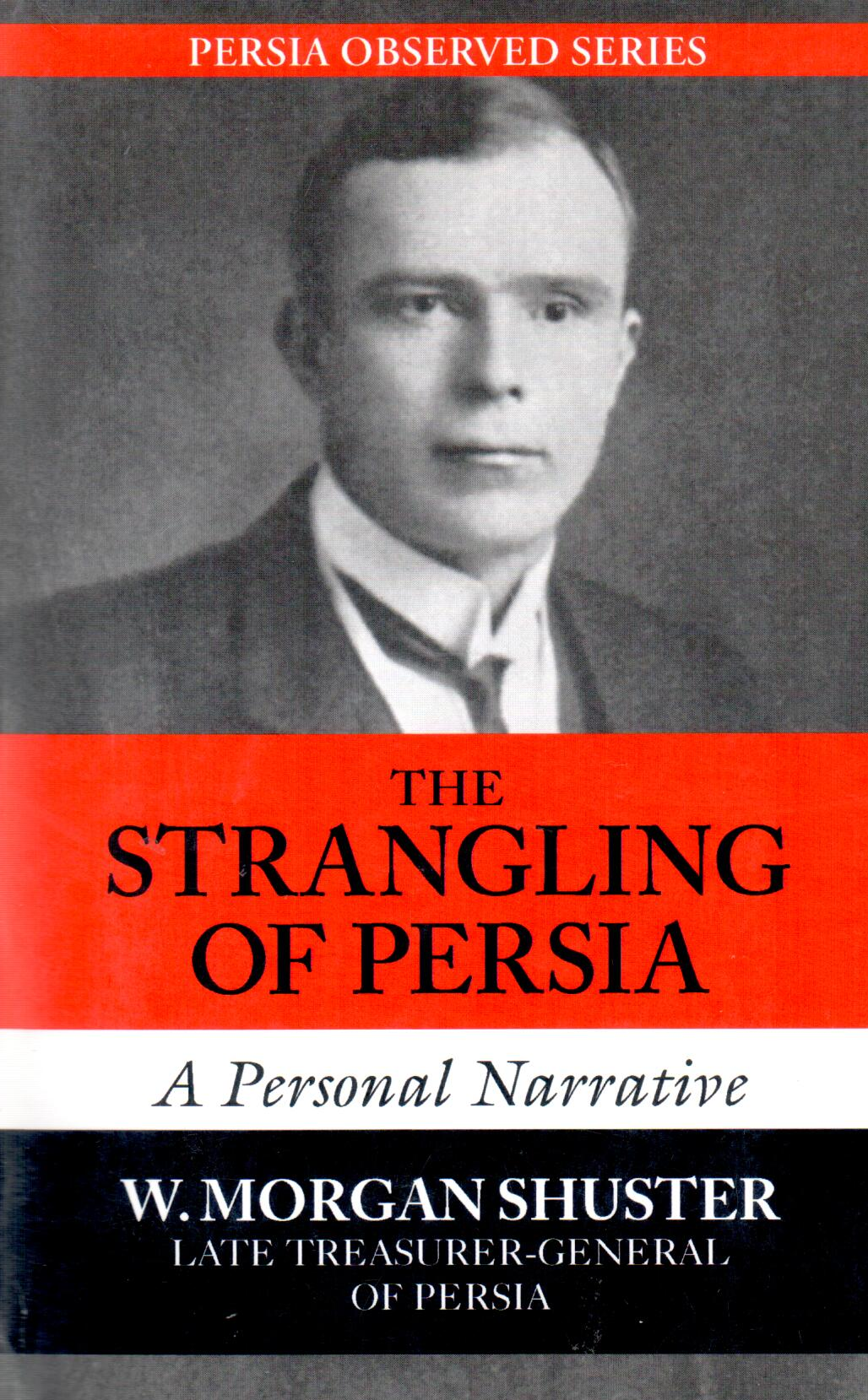The Pursuit of Pleasure: Drugs and Stimulants in Iranian History. الإنجليزية 2005
The Pursuit of Pleasure: Drugs and Stimulants in Iranian History.
14٫76 £
مشاركة
Wishlist
العنوان الأصلي:
The Pursuit of Pleasure: Drugs & Stimulants in Iranian History
,
1500-1900.
ISBN رقم:
0934211647
الناشر:
MAGE PUBLISHERS
الفئة العمرية:
البالغون
الصفحات:
346
الوزن:
250 g
أبعاد المنتج:
11 x 20 x 2٫42 cm
غلاف الكتاب:
غلاف کرتونی
From ancient times to the present day, Iranian social, political, and economic life has been dramatically influenced by psychoactive agents. This book looks at the stimulants that, as put by a longtime resident of seventeenth-century Iran, Raphaël du Mans, provided Iranians with damagh, gave them a “kick,” got them into a good mood. By tracing their historical trajectory and the role they played in early modern Iranian society (1500–1900), Rudi Matthee takes a major step in extending contemporary debates on the role of drugs and stimulants in shaping the modern West.
At once panoramic and richly detailed, The Pursuit of Pleasure examines both the intoxicants known since ancient times—wine and opiates—and the stimulants introduced later—tobacco, coffee, and tea—from multiple angles. It brings together production, commerce, and consumption to reveal the forces behind the spread and popularity of these consumables, showing how Iranians adapted them to their own needs and tastes and integrated them into their everyday lives.
Matthee further employs psychoactive substances as a portal for a set of broader issues in Iranian history—most notably, the tension between religious and secular leadership. Faced with reality, Iran’s Shi`i ulama turned a blind eye to drug use as long as it stayed indoors and did not threaten the social order. Much of this flexibility remains visible underneath the uncompromising exterior of the current Islamic Republic.
more
Concentrating on the period of ١٥٠٠-١٩٠٠, Professor Matthee looks at everyday lives and society generally to seek a portrait of how wine, tobacco, coffee, tea, etc. played its role in Iranian social history. The broader issue of the tension between religious and secular leadership is here as well as detailed historical data on production, commerce, and consumption.
more

